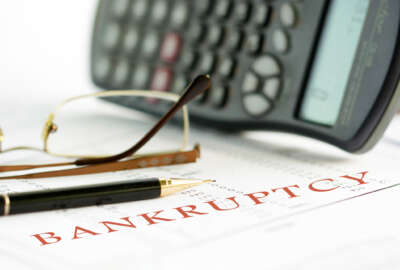First the good news: As complicated and sometimes frustrating as it is at times, picking the best health plan to cover you and your family next year is not rocket science.
Now the bad news: Odds are, half of the rocket scientists with NASA, the Army, Navy, Air Force and other agencies are probably in the wrong plan for them. Like millions of other active and retired feds and their spouses and survivors.
Each year, only about six percent of the people in the massive Federal Employee Health Benefits Program shop around and actually change plans. The experts say that at least half — if not more —should have changed plans in the past. And this year too.
The ‘problem’ with the FEHBP is a good one. Too many — anywhere from 20 to 30 — plans and options to choose from. But the pros said you can narrow those choices down to two or three plans, then consider premiums (remember Uncle Sam will pay 70 to 75 percent), coverage you are likely to need next year and, most important, the plan’s limit-to-you.
The catastrophic limit is the amount you must pay out of pocket — for a serious illness or accident —next year before the plan will take over. Tuesday’s column explained the importance of catastrophic coverage.
Premiums are important but not the driving factor. Some of the so-called Cadillac plans in the FEHBP are excellent. But people are paying to much. In some cases they can get equal if not better coverage with the plans standard or low option. Or with a rival insurance company. But you gotta shop. And shop smart.
How so? Start by listening to Wednesday’s Your Turn radio show. The guest is, once again, Walton Francis. He’s the guy who wrote the book on how to pick the best federal health plan: Checkbook’s Guide To Health Plans For Federal Employees.
In addition to the book, many federal agencies have paid for and are offering Checkbook’s online version so workers can shop — at home or the office — and tailor their search to what they want, need and find out if their doctor will be in that plan or plans network next year.
The show starts at 10 a.m. EST streaming on our website or at WFED 1500 AM in the DC. area.
Francis will tell explain how to spot best buys, explain how high-deductible and consumer-driven plans work and why some plans will actually open a savings account for you that is worth more than the premiums you’ll pay.
If you have questions send them to me ASAP (before showtime) and he will answer them on air.
Check it out. Do a little homework and you can easily save $1,000 to $2,000 next year in coverage or premiums — even if you are a rocket scientist!
Nearly Useless Factoid
By Steff Thomas
The largest air force in the world is the U.S. Air Force. The world’s second-largest air force is the U.S. Navy and Marine Corps combined.
Source: Reader’s Digest
Copyright
© 2024 Federal News Network. All rights reserved. This website is not intended for users located within the European Economic Area.
